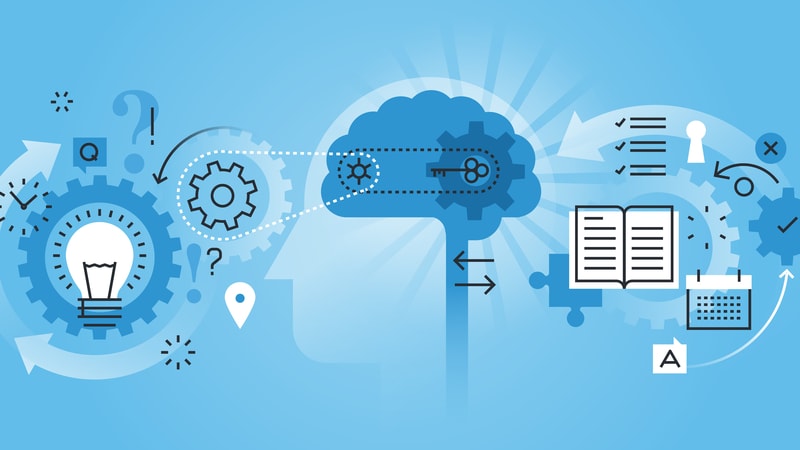
Federal agency officials said on Tuesday that internal work to develop artificial intelligence (AI) technologies is picking up, but also cautioned that the still-experimental nature of those efforts makes it difficult to predict when products and services will emerge from them.
Speaking at an event organized by NVIDIA, Dell EMC, and Government Acquisitions, Todd Myers, automation lead at the National Geospatial-Intelligence Agency, said that AI research is the current priority at his agency, rather than rushing to roll out AI-based products. The time factor in those efforts, he said, “is all relative.”
Myers said his agency is pursuing an organic path to AI development that–befitting a developing technology–allows for wider experimentation with in-house development efforts.
On the development front, he said the agency is enabling AI developers by providing them with “whatever palette they want.”
And on the systems front, he said the agency, for now, is trying to stay away from the idea of “system integrators building systems in their factories and then showing up at our door.”
“We have to embrace viral development,” said Dr. Brian Sadler, senior scientist, Intelligent Systems, at the Army Research Laboratory, speaking at the same event. “I’ll have partners coming in and out,” he added.
Sadler also said that while AI algorithm development is proceeding, development of products based on that work has a less certain timing. “When just talking about algorithms, the time scale is getting complex,” he remarked.
To unlock the value of that development effort, “you’re going to have to try a lot of things,” Sadler said.
The principles of AI, he said, have been appreciated for 30 to 40 years, but “we are now just able to commoditize those algorithms.”
During a separate presentation, Prem Jadhwani, CTO at Government Acquisitions, said that AI and machine learning are “massive disruptive” technologies whose development is just beginning.
The timeline for that development, he said, begins with the “artificial narrow intelligence” that exists today in which AI “can do one thing very well,” but is expected to progress in 20 years to “artificial general intelligence” which does multiple things well. Forty years from now, he said, “hopefully” an “artificial super intelligence” will be achieved “where machines are collectively smarter than humans.”
He said that the current development wave of AI and robotic processing automation technology should drive cybersecurity applications including analyzing huge amounts of system log data, which in turn can free up portions of the workforce for retraining to expand the cybersecurity workforce. That type of application, he said, is “the low-hanging fruit that we can start with.”
